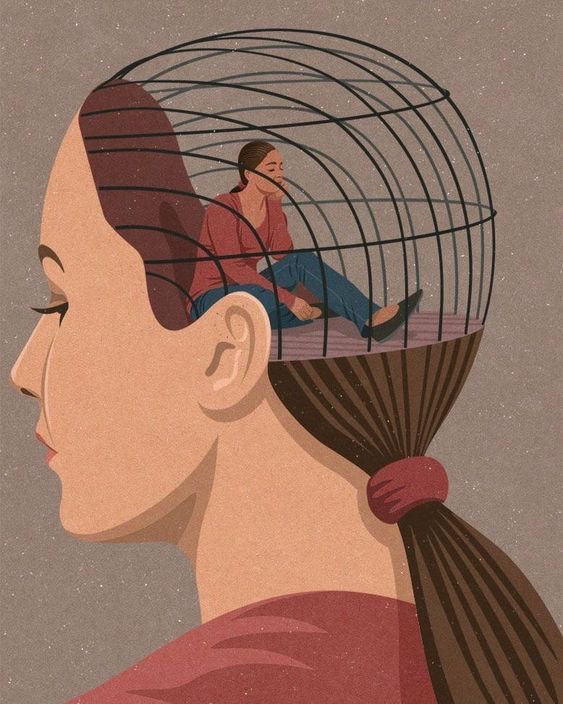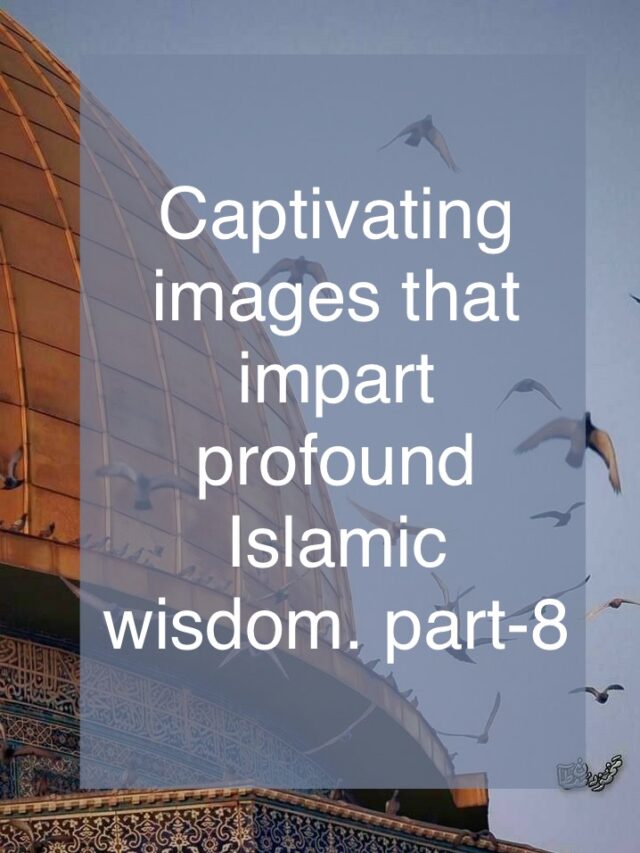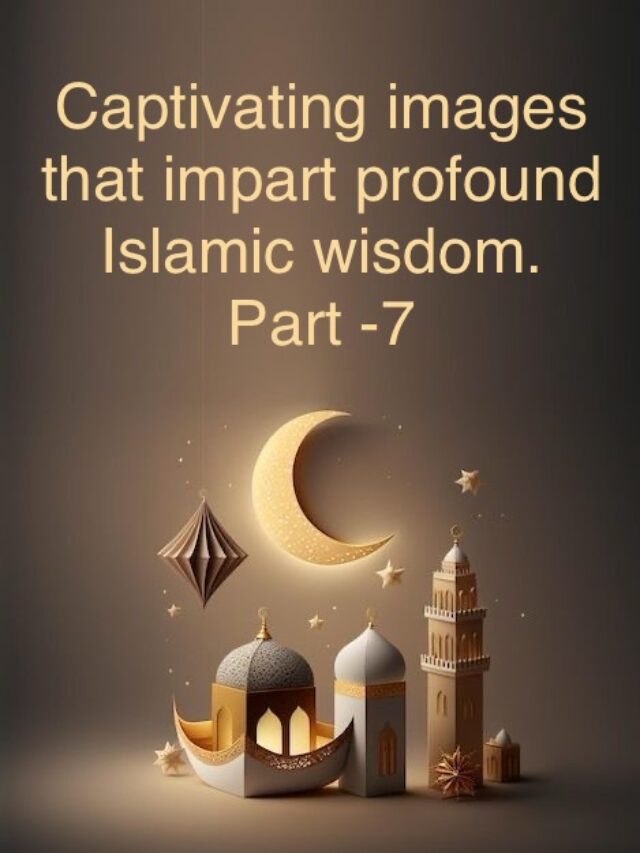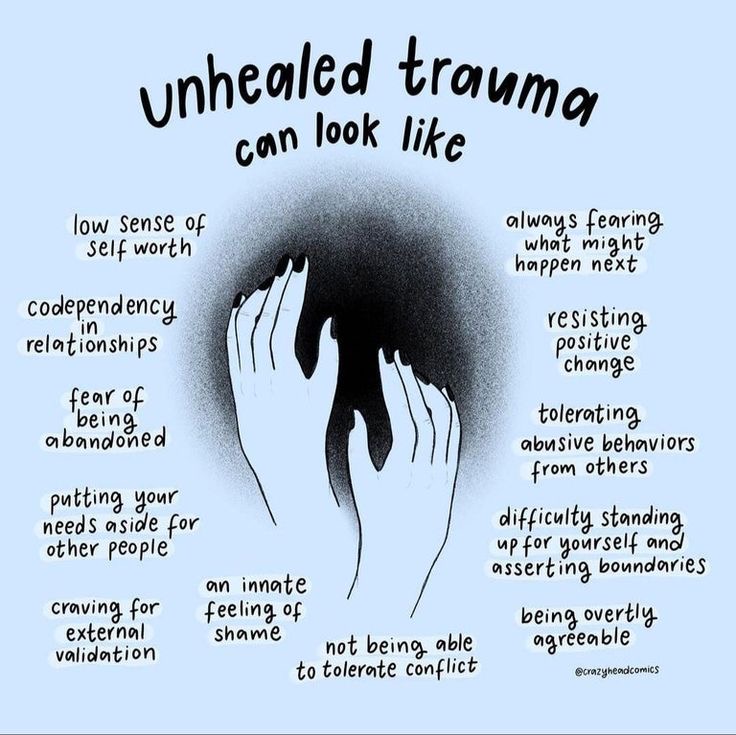
Table of Contents
Introduction
This term, which has become increasingly prevalent in our daily conversations, often remains shrouded in misconceptions. It is not a mere event relegated to the past; rather, it is an ongoing experience that exerts a profound influence on our present lives. This understanding becomes especially pivotal when addressing complex trauma, characterized by early-life inconsistencies, neglect, or abuse. Although therapeutic techniques abound, the therapeutic relationship itself stands as the linchpin in the journey to healing traumatic experiences.
The Ubiquity and Misunderstanding
In recent years, the term “trauma” has surged into public consciousness, seeping into our vernacular, narratives, relationships, and even our sense of self. While the increased awareness and diminished stigma surrounding trauma represent commendable progress, they can also lead to a diluted or distorted comprehension of its true nature.
An Ongoing, Present Experience
Drawing upon my experiences in therapeutic practice, informed by the stories of countless patients, I propose a nuanced perspective. In this view, it is an overpowering experience that disrupts our emotional regulation and our capacity to navigate the world and our inner landscapes. This disruption often manifests as fragmentation, dissociation, and emotional dysregulation.
A pivotal aspect of this redefined concept is that it transcends the boundaries of the past and is inexorably linked to the ongoing present experience. This perspective resonates with Bessel van der Kolk’s analogy of a splinter—a foreign element embedded in the nervous system, causing more harm than the original object itself. Traumatic symptoms do not derive solely from the triggering event but rather from the unresolved and trapped energy within the nervous system.

Historical Roots of Trauma Understanding
This idea of it’s lasting presence echoes the insights of Sigmund Freud and Josef Breuer, articulated over a century ago in their work “Studies on Hysteria.” They contended that the memory of it operates as a foreign body that continues to wield influence long after the initial encounter.
Modern Psychoanalytic Therapy: Unraveling It’s Layers
Modern psychoanalytic therapy has evolved considerably since Freud’s era, focusing on deciphering the unconscious meanings entwined with traumatic experiences. It delves into the impact of these experiences on one’s self-relationship and relationships with others. Additionally, it strives to help individuals access repressed or dissociated states stemming from it, utilizing the therapeutic relationship as a safe space to articulate these embodied experiences.
A Present, Ongoing Phenomenon
Regardless of the therapeutic approach employed, it is imperative to shift our gaze from the past to the ways in which traumatic experiences persist within our present selves. What renders an event traumatic is not the event itself but the enduring imprint it leaves on us. It is not a distant memory; it is a recurring, relived, and reenacted experience in the present. Therapy is not a quest for historical facts; it is an exploration of how our past has sculpted our identities and our potential for growth.
Complex Developmental: The Enduring Impact of Childhood
Understanding trauma as an ongoing experience gains particular prominence when addressing complex developmental trauma. This form of trauma emerges from a childhood marked by inconsistency, neglect, or abuse, where emotions were stifled, needs went unmet, and children often adapted to their caregivers’ desires. In such cases, the notion of a singular “big” event becomes obsolete; instead, chronic relational wounds inundate individuals, giving rise to defense mechanisms and a fractured sense of self.

The Lingering Echoes of Complex Developmental Trauma
Many individuals seeking therapy have navigated the labyrinth of complex developmental trauma. They have experienced invisibility and silence, becoming carriers of family secrets and assuming caregiving roles at a tender age. These experiences cast long shadows over their present, hindering their ability to feel secure, loved, or worthy. They perpetuate a perpetual state of vigilance or depletion, impeding their quest for authenticity and fulfillment.
The Therapeutic Relationship: A Crucial Portal to Healing
In the realm of complex trauma, the therapeutic relationship emerges as the most potent catalyst for healing. Given that these wounds originate in early relationships, their resolution must similarly unfold within the context of relationships, including the therapeutic one.
Beyond Techniques: The Essence of Healing
The essence of a healing therapeutic experience transcends the confines of techniques, approaches, or theories. It resides in the therapist’s authenticity, humility, and curiosity concerning both the patient and themselves. Therapists must embark on an introspective journey, seeking to comprehend their own experiences and reactions in the therapeutic dynamic.
The Therapist’s Inner Landscape: Navigating Authenticity
For therapists, this journey involves questioning the impulse to consistently provide the right words, insightful interpretations, or a flawless perspective. It entails delving into why they are preoccupied with these facets and whether their anxiety mirrors a patient’s unspoken message. It also necessitates contemplation of the desire to embody the “perfect therapist” and how this omnipotent fantasy may obstruct the patient’s ability to perceive them as a fellow human capable of genuine understanding.
Embracing Internal Experiences: Opportunities for Exploration
Rather than viewing these internal experiences as “issues” demanding resolution, therapists can reframe them as gateways to exploration. They may unveil the intricate interplay between past and present within the therapeutic relationship, where the patient’s trauma history informs the dynamics that unfold. Continuously, therapists must inquire whether the patient feels heard, seen, and valued, and whether they can express their emotions without fear of judgment.
Crucial Questions in Complex Developmental Trauma
These questions assume paramount importance when confronting complex developmental trauma. They pave the way for a new relational experience where the therapist, as a “good enough” other, can sit with both the patient’s and their own distress. Together, they navigate the path of comprehending the past and present. While the past remains immutable, therapy has the potential to reshape the patient’s relationship with it. Through therapy, individuals can learn to tolerate discomfort and pain while simultaneously fostering acceptance, hope, and love.
Conclusion
In summation, trauma is not a mere historical event but an ongoing experience deeply embedded within our psyche. Understanding this perspective is particularly vital when addressing complex developmental trauma. The therapeutic relationship emerges as the primary catalyst for healing, transcending therapeutic techniques and theories. Therapists must approach their work with authenticity, humility, and curiosity, creating a milieu in which patients can explore their trauma, find meaning in their past, and embark on a journey of healing and self-discovery. In doing so, they have the potential to transform their relationship with the past and cultivate opportunities for acceptance, hope, and love in the present.” Write a title for it that carries numbers, power words, and sentiments.
Share this content:








